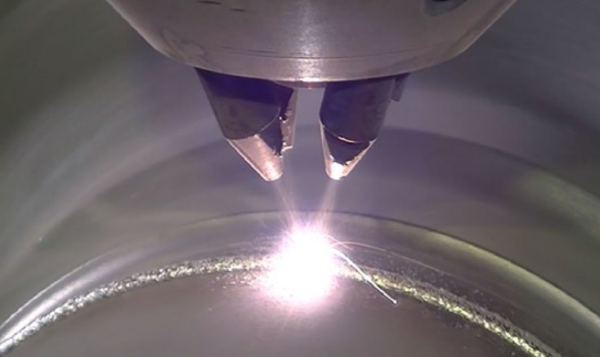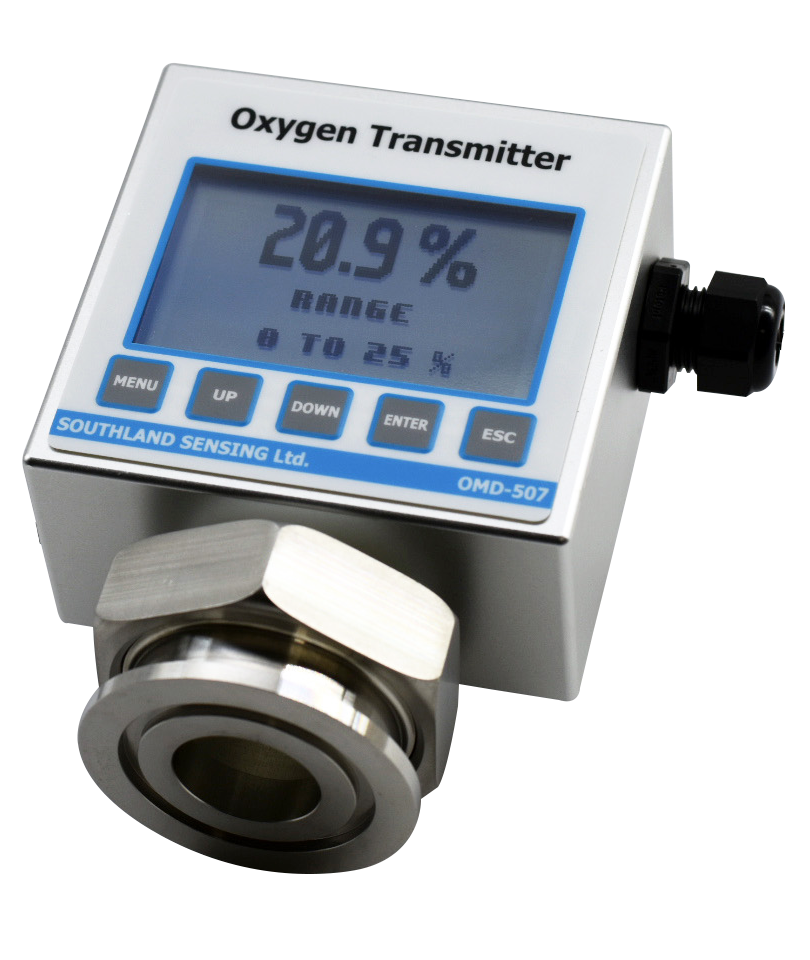Metal 3D printing is possible now through a variety of processes, many involving some sort of laser sintering wherein a laser is used to partially melt metal powder to bind it together and create your object. 3D metal printing allows manufacturers to create complex parts on demand, allowing for convenient creation of high-quality custom parts without the needs for parts to be machined.
Laser sintering needs an inert environment to properly bind the metal powder together. Argon or some other inert gas such as nitrogen are commonly used to prevent unwanted chemical reactions and lower the risk of a fire during the 3D printing process by keeping the oxygen levels low, usually below 50 parts-per-million.
Oxygen analysis is critical for laser sintering 3D printing, as unwanted reactions can compromise the quality of 3D printed parts, which can waste time and resources if a piece must be re-printed. We manufacture oxygen analyzers that can be used to constantly monitor O2 levels in 3D printing chambers, including our OMD-501X panel-mount oxygen analyzer and OMD-507 direct fit oxygen analyzer. These can measure oxygen from .01 PPM up to 25.0% using our state-of-the-art electrochemical sensors and are offered with a convenient KF40 (NW40F) flange for direct mounting to your printing chamber, as well as an optional inline flow through configuration.


